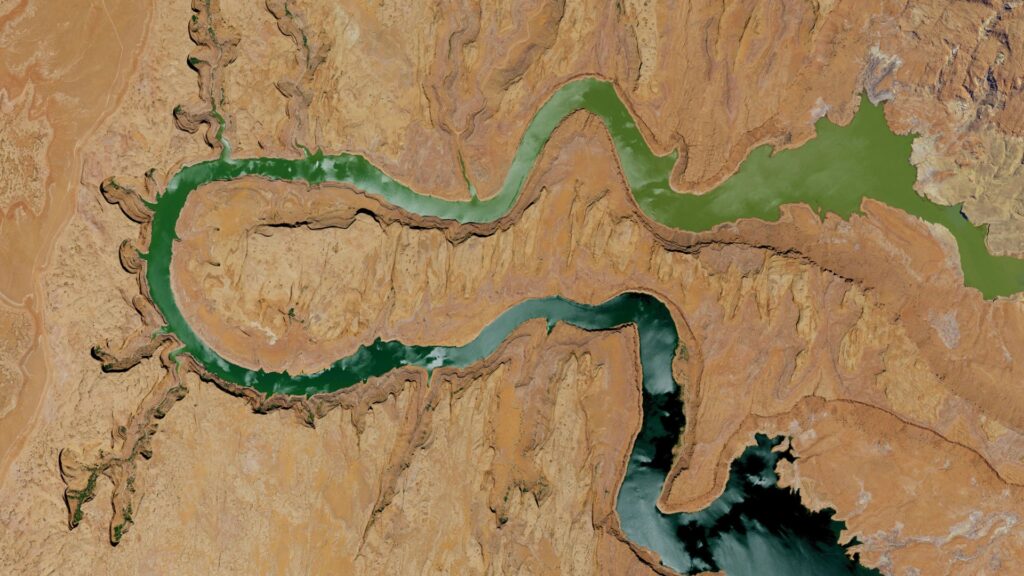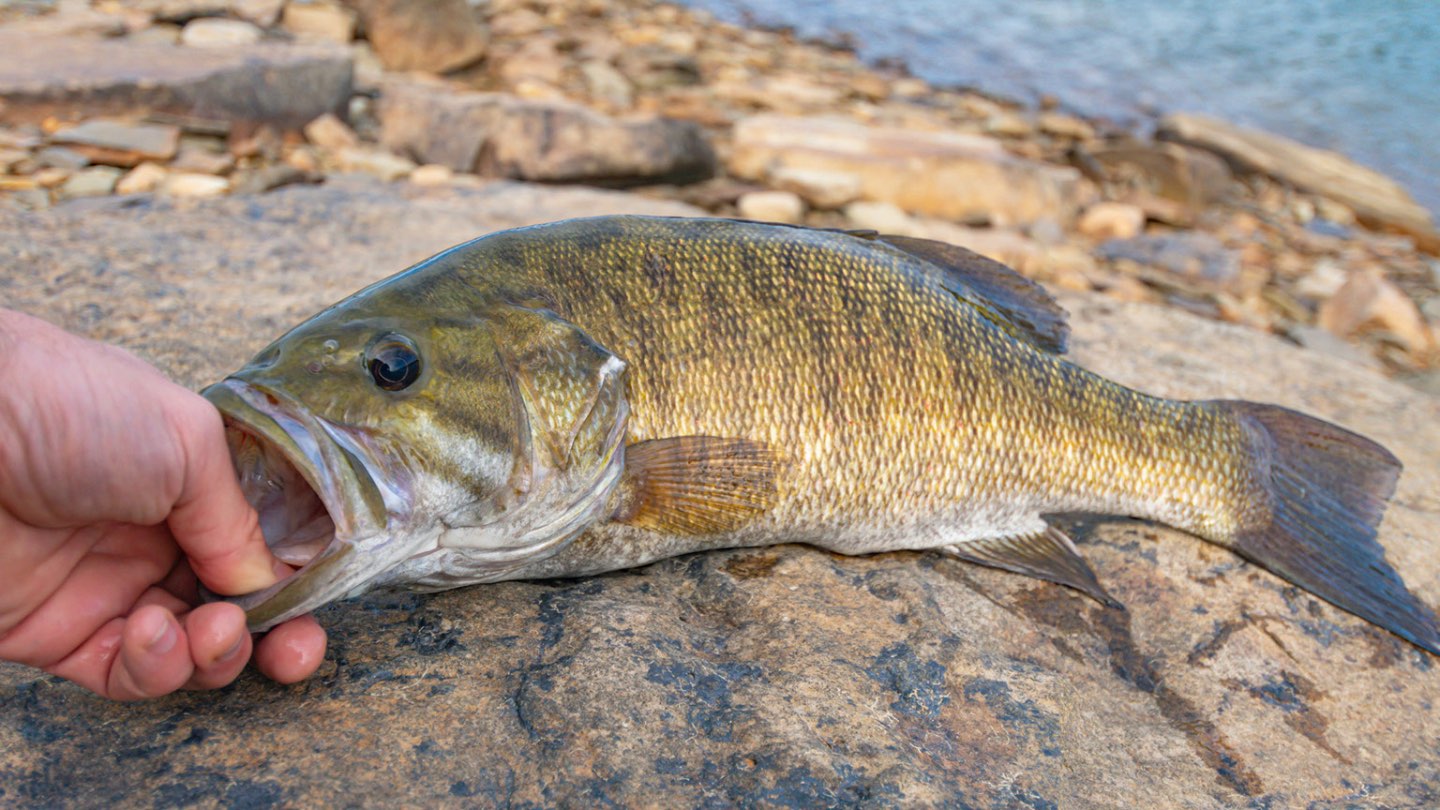Water Weekly: No role in approval of system conservation projects for West Slope districts
If you can only read three stories about Western water this week, read these:
1. West Slope water managers will not review, approve applications for conservation program
In a major change to our previous understanding, the Colorado River District and the Southwestern Water Conservation District will not have input into the project selection under the revived System Conservation Program. Applications, which were due (after a 1-month extension) to the Upper Colorado River Commission by March 1st, will be approved solely after evaluation by the Commission, said Colorado Water Conservation Board executive director, and Colorado’s UCRC representative, Becky Mitchell, in a letter to the districts dated March 10th. Heather Sackett, of Aspen Journalism, reports that it now appears the districts will only be able to provide input to the UCRC on the applications. No one at either district has seen any application materials, they report. Mitchell had stated publicly on several occasions that the districts would essentially have veto power over project applications that came from within their boundaries. That is no longer the case. In Mitchell’s email to the districts she cites compliance with the federal legislation that reauthorized the program for the change.
The Colorado Water Conservation Board (CWCB), meanwhile, voted unanimously on Friday that water rights holders that participate in the System Conservation program will be considered enrolled in a “state-approved water conservation program,” meaning those who “choose to get paid to cut back won’t see their water right affected for participating,” Sackett writes. Lawyers for both districts had asked the board to hold off on that decision for at least two weeks. Functionally, that was the last leverage Colorado maintained, outside of influence within the UCRC, over a project’s potential participation in the program. The CWCB released some details about applications from Colorado: of the 36 proposals, 19 propose to halt irrigating for the entire season and nine propose to stop irrigating for part of the season. “Preliminarily approved” projects in Colorado could save up to 9,618 acre-feet of water, according to a March 15th memo from the CWCB.
2. Wyoming leaders continue work on Colorado River basin issues
On Friday afternoon, Wyoming Governor Mark Gordon used his line-item veto authority to strike language from Senate File 96, the “Omnibus Water Bill” pertaining to the Upper Colorado River. “SF 96 directed the Water Development Office to hire an additional full-time staff member for an upper Colorado River basin project coordinator,” reports Carrie Haderlie for the Wyoming Tribune-Eagle. “Gordon struck the words ‘upper Colorado River basin.'” He explained in a letter issued alongside the line-item veto, “aging infrastructure and water conservation concerns exist everywhere.” Meanwhile, Haderlie reports that the Wyoming Water Development Commission intents to hire the full-time staff person to “seek federal funding for conservation efforts, working with local government groups like conservation districts to get projects on the ground.” On Friday Gordon also signed House Bill 222, “Colorado River advisory committee,” which creates an advisory committee comprised of 11 stakeholders from Wyoming’s portion of the Colorado River basin. “Members were chosen to represent agriculture, industry, municipalities, environmental interests, conservation districts and the Legislature,” reports Haderlie, and they will help inform the State Engineer’s Office and the governor on Colorado River water issues.
3. How a ‘cold shock’ of water from Lake Powell could thwart invasive Grand Canyon bass
Smallmouth bass have escaped from Lake Powell, through the Glen Canyon Dam, and are threatening the recovery of several imperiled native Colorado River fish. But a blast of icy water from deep in Lake Powell could flush them out of the system if timed appropriately, say biologists and river administrators. Plans to execute such a “cold shock” are back under consideration thanks to the heavy wet winter in the Upper Colorado River Basin, writes Brandon Loomis of the Arizona Republic. Native fish and Grand Canyon advocates are pushing for the release in 2023 because they fear that wet years in the future will be increasingly fewer and farther between. The release could have the additional impact of restoring sandbars and beaches in the Grand Canyon, as pulse flows mimic the natural hydrology of the system, pushing sandy sediment from tributaries down the river to re-form the features that canyon rafters rely on for campsites.
Get the Water Weekly in your Inbox each week.






